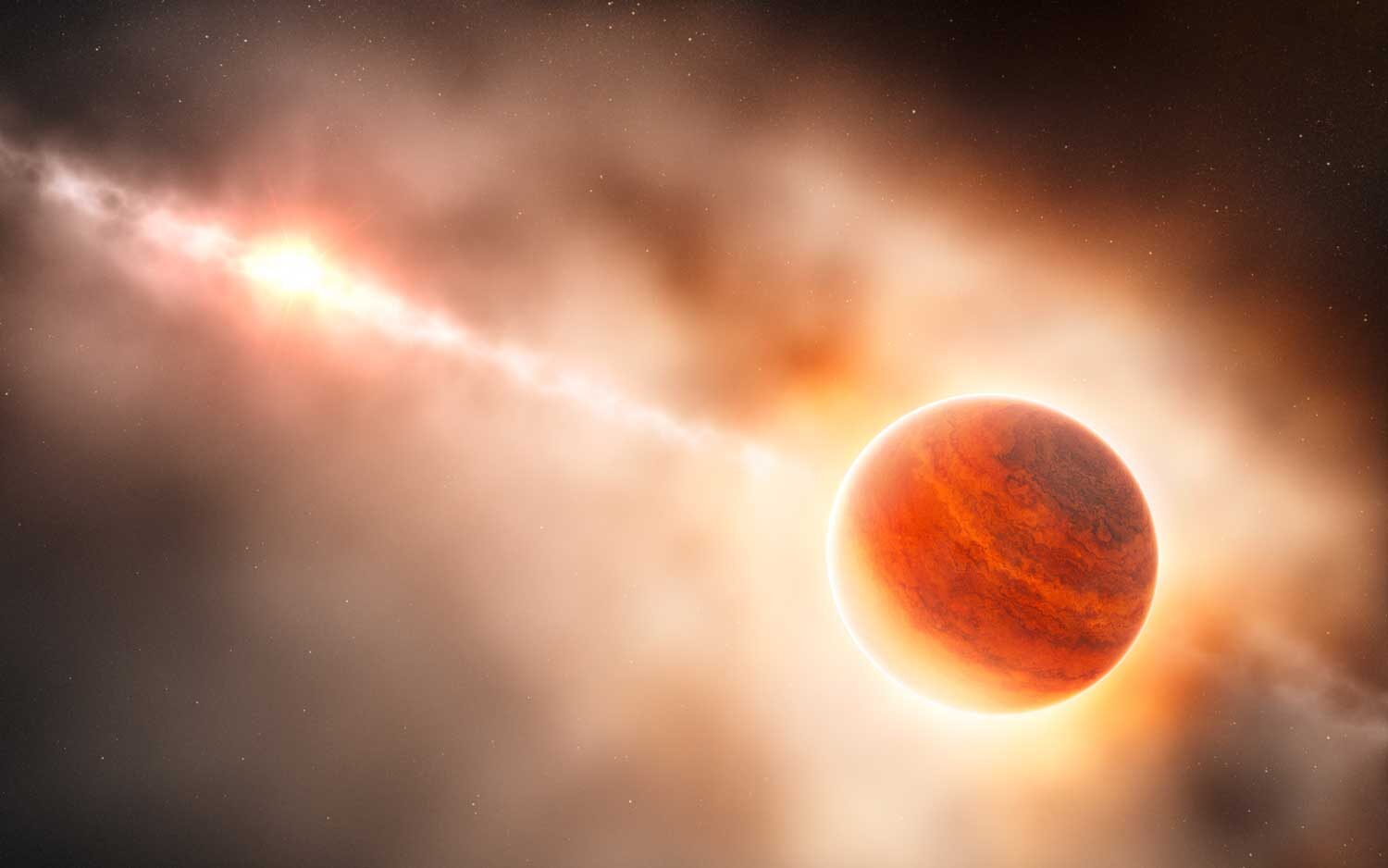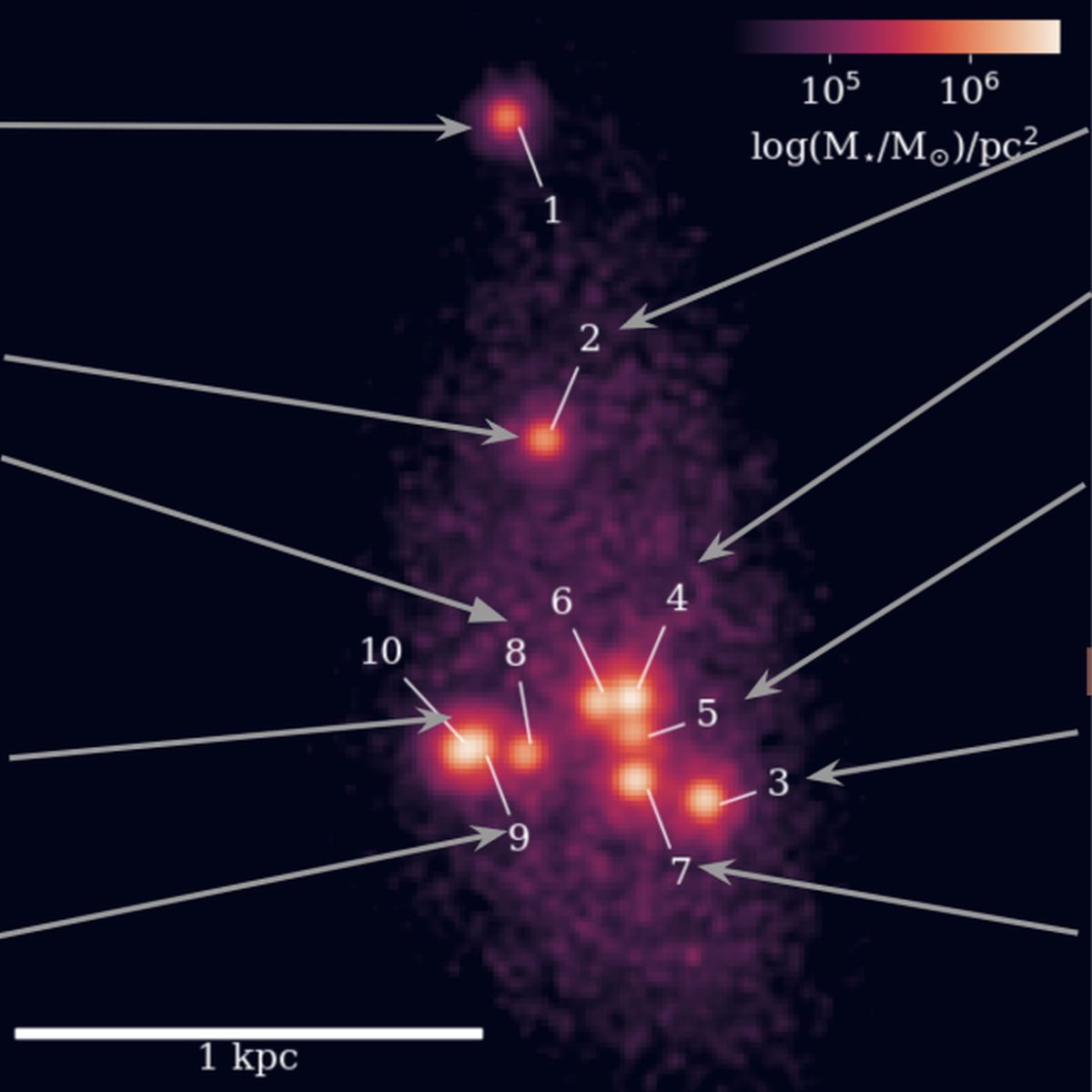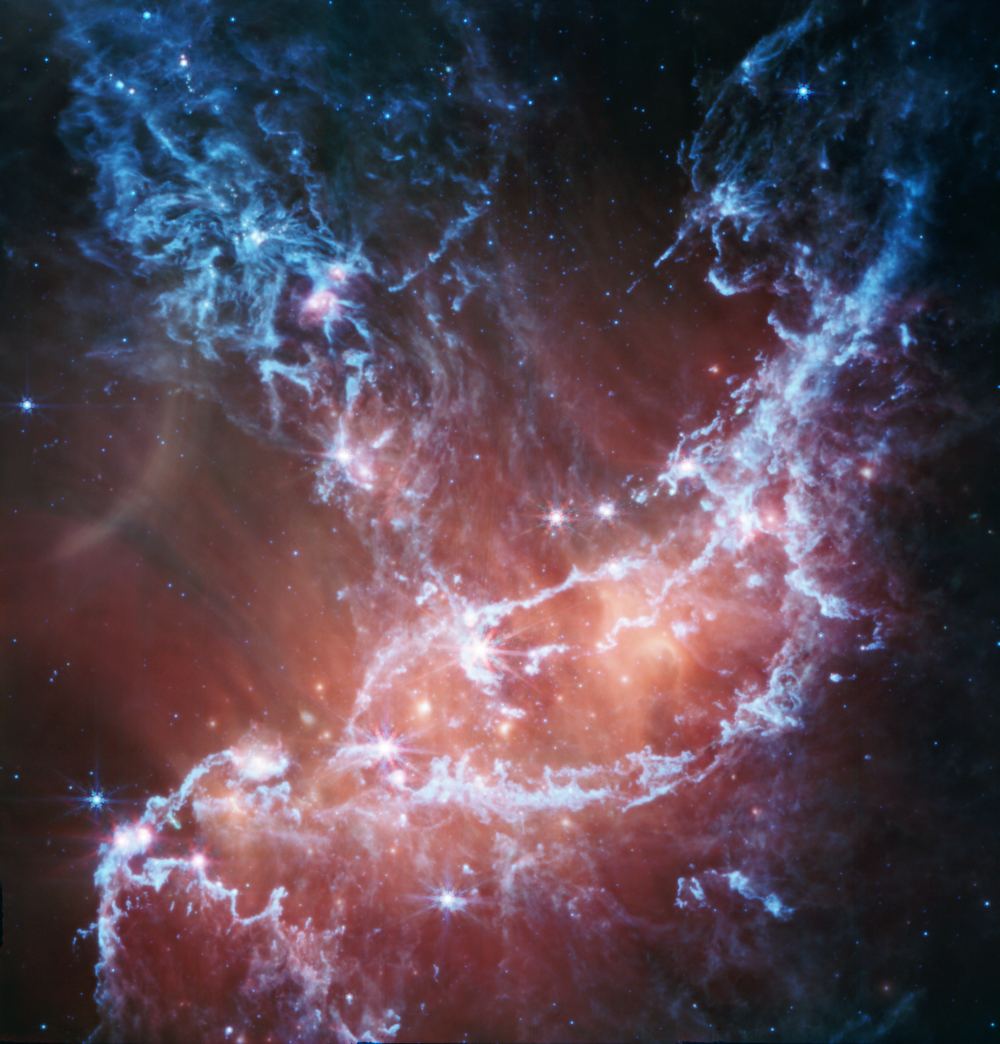We can’t understand what we can’t clearly see. That fact plagues scientists who study how planets form. Planet formation happens inside a thick, obscuring disk of gas and dust. But when it comes to seeing through that dust to where nascent planets begin to take shape, astronomers have a powerful new tool: the James Webb Space Telescope.
Continue reading “Webb Joins the Hunt for Protoplanets”Webb Joins the Hunt for Protoplanets










